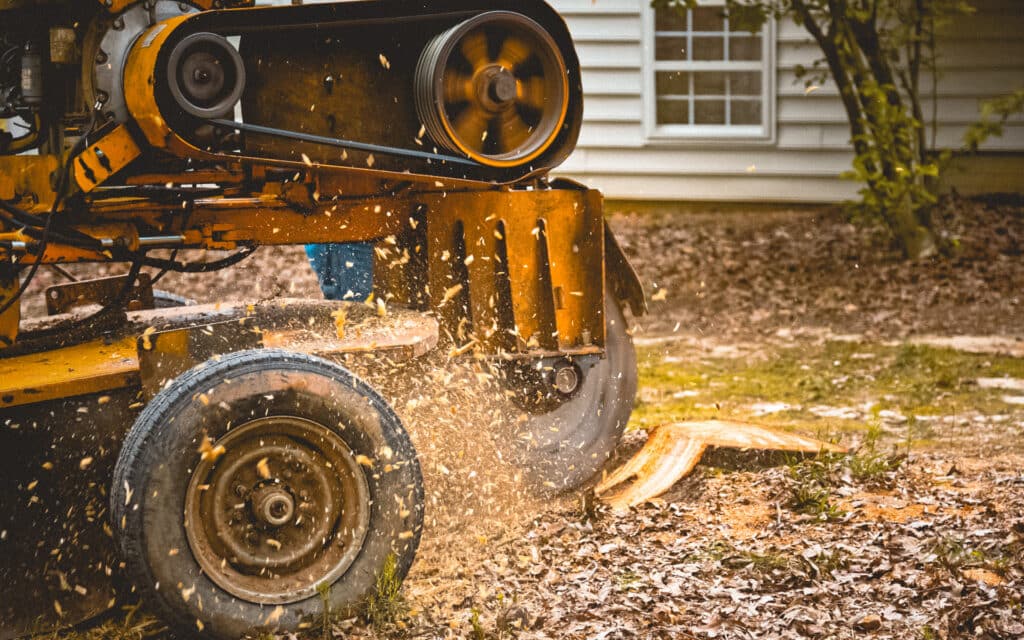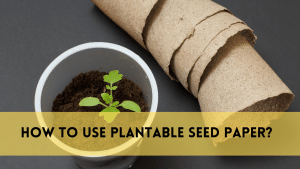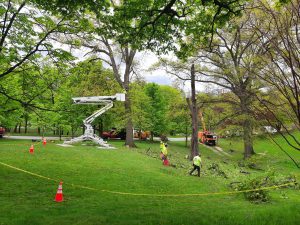Pine trees, with their majestic presence and evergreen allure, are a beloved addition to many landscapes. However, maintaining their beauty and health requires proper care, including timely trimming. Trimming pine trees is an essential practice that not only enhances their appearance but also promotes their longevity and vitality. In this comprehensive guide, we’ll delve into Tree Removal Methods Basic pine tree trimming, discussing the best times to trim, techniques, benefits, and potential pitfalls.
Table of Contents
When to Trim Pine Trees
1. Understanding Pine Tree Growth Patterns
Before we dive into the timing of pine tree trimming, it’s crucial to understand their growth patterns. Pine trees exhibit different growth stages, including their juvenile phase, rapid growth phase, and mature phase. During the juvenile phase, pine trees have denser foliage and shorter branches, making them more susceptible to damage if pruned incorrectly.
2. The Optimal Timing for Pine Tree Trimming
Trimming pine trees at the right time is essential to their overall health and appearance. The best time to trim pine trees is during their dormant season, which typically occurs in late winter to early spring. During this period, the tree is less active in terms of growth and sap movement, reducing the stress caused by trimming.
3. Late Winter: A Prime Trimming Period
Late winter, often referred to as the “Goldilocks” period, is an optimal time for pine tree trimming. This period strikes the perfect balance between the dormant season and the impending growing season. By trimming during late winter, you ensure that the wounds heal before the tree enters its active growth phase.
4. Early Spring Trimming Considerations
Early spring is another suitable time for pine tree trimming, as the tree starts to show signs of new growth. However, it’s crucial to prune early in this season, before new buds fully emerge. This ensures that you remove dead or diseased branches without hindering the tree’s new growth.
5. Avoid Trimming During Active Growth
Trimming pine trees during their active growth phase, which generally occurs in late spring to early summer, should be avoided. Cutting branches during this period can stress the tree, making it susceptible to diseases and pests. Additionally, the tree may experience excessive sap bleeding, weakening its overall health.
6. Late Summer and Fall Trimming
While trimming during late summer and fall is generally discouraged, there are exceptions. Dead or diseased branches can be removed during these seasons to prevent potential hazards during winter storms. However, major trimming should still be reserved for late winter or early spring.
Techniques for Trimming Pine Trees
Proper trimming techniques are vital to the health and aesthetics of pine trees. Here are some essential guidelines to follow:
- Selective Trimming: Focus on removing dead, damaged, or diseased branches first. This enhances the tree’s appearance and reduces the risk of diseases spreading.
- Crown Thinning: Carefully remove specific branches to allow more light and air to penetrate the tree’s interior. This promotes overall health and minimizes the risk of fungal growth.
- Crown Raising: Raise the lower branches to provide clearance for pedestrians, vehicles, or other structures. Maintain a balanced appearance while preserving the tree’s natural form.
- Crown Reduction: If necessary, reduce the height and spread of the tree’s crown to manage its size and shape. This should be done with caution to avoid damaging the tree.
Benefits of Proper Pine Tree Trimming
Trimming pine trees offers numerous benefits beyond the aesthetic appeal:
- Health Enhancement: Removing dead or diseased branches prevents the spread of pests and diseases, promoting the tree’s overall health.
- Structural Integrity: trimming improves the tree’s structure by eliminating weak or competing branches, reducing the risk of storm damage.
- Increased Sunlight: Crown thinning allows more sunlight to reach the tree’s interior, supporting the growth of lower branches and enhancing the tree’s vitality.
- Aesthetic Appeal: Well-pruned pine trees enhance the visual appeal of your landscape, creating a neat and inviting ambiance.
- Safety: Removing low-hanging or hazardous branches reduces the risk of accidents and property damage.
Signs Your Pine Tree Needs Trimming
Recognizing when your pine tree requires trimming is essential for maintaining its health and appearance. Keep an eye out for the following signs:
- Dead or Diseased Branches: Any branches that show signs of decay, discoloration, or lack of foliage should be promptly pruned to prevent the spread of disease.
- Crossing or Rubbing Branches: When branches rub against each other, they can create wounds that become entry points for pests and diseases. Prune crossing or rubbing branches to maintain a clear and healthy structure.
- Overhanging Branches: Branches that extend over roofs, driveways, or walkways can pose a safety hazard. Prune these branches to prevent potential accidents and damage.
- Thinning Foliage: If your pine tree’s interior foliage is thinning due to lack of light penetration, consider crown thinning to promote better growth and air circulation.
Trimming Dos and Don’ts for Healthy Pine Trees
To ensure successful pine tree trimming, it’s important to follow these dos and avoid these don’ts:
- Do: Use sharp, clean trimming tools to make clean cuts that heal more efficiently.
- Don’t: Use dull or rusty tools, as they can cause ragged cuts that take longer to heal.
- Do: Make cuts at the branch collar (the swollen area where the branch meets the trunk) to promote proper healing.
- Don’t: Leave stubs or cut too close to the trunk, as this can inhibit healing and invite pests and diseases.
- Do: Step back periodically while trimming to assess the tree’s overall appearance and symmetry.
- Don’t: Over-prune, as this can stress the tree and lead to growth imbalances.
Trimming Pine Trees for Specific Purposes
Different situations may call for specialized trimming techniques:
- Wind Resistance: If your pine tree is located in a windy area, consider crown reduction to decrease its height and reduce the risk of wind damage.
- View Enhancement: Prune select branches that obstruct desirable views, maintaining a harmonious balance between aesthetics and function.
- Fruit Production: Some pine trees produce cones or pine nuts. Prune to encourage healthy cone development and improved fruit production.
- Shape Maintenance: Prune young pine trees to establish a central leader and proper branching structure, ensuring a healthy and attractive mature form.
The Trimming Process: Step-by-Step Guide
Trimming pine trees may seem daunting, but following a systematic approach can simplify the process:
Step 1: Assess the Tree Begin by evaluating the tree’s condition, identifying dead or diseased branches, and determining your trimming goals.
Step 2: Gather Tools Collect the necessary tools, including trimming shears, loppers, a trimming saw, and safety gear like gloves and goggles.
Step 3: Start with Deadwood Remove any dead or diseased branches by making clean cuts at the branch collar. This prevents disease spread and enhances the tree’s health.
Step 4: Address Crossed Branches Prune crossing or rubbing branches to prevent future damage. Choose the healthier branch and make a clean cut just beyond the branch collar.
Step 5: Crown Thinning If needed, perform crown thinning to improve light penetration and air circulation. Remove select branches to open up the canopy without over-trimming.
Step 6: Crown Raising Raise the lower branches to a suitable height for safety and aesthetics. Aim to maintain a balanced appearance while removing only necessary lower branches.
Step 7: Step Back and Review Regularly step back and assess your progress to ensure you’re achieving your desired outcome. Avoid over-trimming, as the tree’s natural form should be preserved.
Factors Influencing Trimming Success
Several factors can impact the success of your pine tree trimming efforts:
- Tree Species: Different pine species have varying growth habits and requirements. Research your specific pine type to tailor your trimming approach.
- Age and Health: Younger trees generally require less trimming, while older or unhealthy trees may need more attention to remove deadwood and promote new growth.
- Weather Conditions: Choose a clear, dry day for trimming to minimize the risk of disease transmission and promote faster healing.
- Trimming Severity: Avoid excessive trimming, as it can stress the tree and lead to poor growth or susceptibility to pests.
Professional vs DIY Pine Tree Trimming
While DIY trimming is possible for smaller tasks, larger or complex trimming jobs are often best left to professionals. Here’s a comparison:
DIY Trimming:
- Suitable for small branches and light trimming.
- Requires basic trimming knowledge and proper tools.
- Cost-effective for minor tasks.
Professional Trimming:
- Recommended for large branches, extensive trimming, or tall trees.
- Arborists have expertise in tree health, proper techniques, and safety.
- Ensures optimal results and reduces the risk of tree damage.
Conclusion
If you want tree services in USA specially in Houston you can contact us and get a all tree services. We provide Tree Removal, Tree Trimming, Emergency tree removal and stump grinding.




